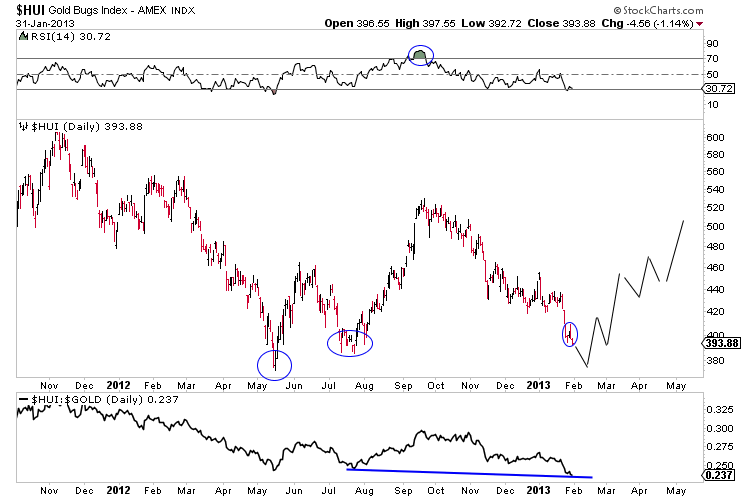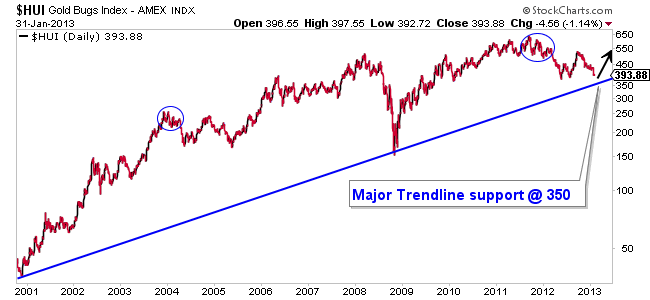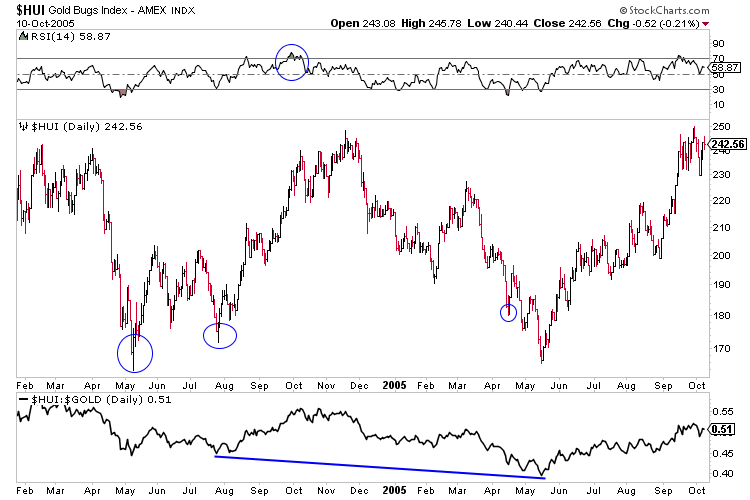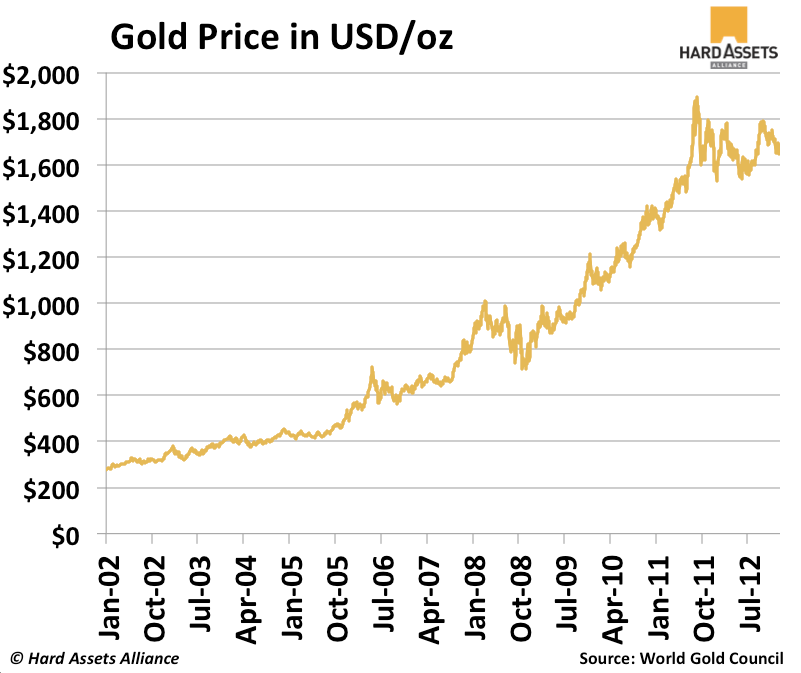Last week I was in Baltimore attending an Agora Financial editorial meeting for newsletter writers, plus numerous other Agora colleagues whose names aren’t as common on the by-lines.
The idea is to get everyone together in the same room. Then we examine all manner of investment ideas.
Today I want to give you a backstage look at what we discussed and some of the common themes I like going forward…
First, Allow me to mention how much I enjoy seeing my many wonderful colleagues, and sharing their delightful company. I’m truly blessed to be on a team of such accomplished people. Everyone has their own unique strengths. Together, it’s an investment brain-trust, and a mini-version of our annual Vancouver Wealth Symposium (OBTW – save the dates, July 23-26!)
I had the nicest talk with Agora Financial founder Bill Bonner. He’s looking great, and quite relaxed since he moved into accommodations just down the street from Agora’s main office on Mount Vernon Place. That is, Bill no longer commutes every day from/to Bethesda, fighting the Baltimore-Washington traffic mess. It’s amazing what one can do with an extra two or more hours per day of not commuting.
Bill mentioned that he was in London, not long ago, attending – sad to say – the funeral of Lord William Rees-Mogg (1928 – 2012). Lord Rees-Mogg was, as the name implies, titled within the House of Lords. During his long life, Rees-Mogg was a distinguished journalist and commentator, including many years with the Financial Times, Sunday Times and the Times of London.
Rees-Mogg wrote or contributed to numerous books. He was co-author, with James Dale Davidson, of The Sovereign Individual, The Great Reckoning and the classic Blood in the Streets. Rees-Mogg was also Chairman of The Zurich Club, a self-described “private, international network of trustworthy and knowledgeable investors and entrepreneurs,” and contributed regularly to a newsletter that was part of the Agora group, entitled The Fleet Street Letter.
Lord Rees-Mogg was a life-long student of history and economics. He paid particular attention to the rise and fall of prices in “hard” assets – real estate, energy and minerals, amongst them. He studied every significant boom-bust cycle over the past 300 years.
At the risk of oversimplifying things, Rees-Mogg documented a boom-bust cycle across the world economy twice every hundred years – or once every other generation. Another way of saying it is that, every second generation, the working and middle-classes of the developed world get walloped with a massive economic setback. (Including us, now.)
In the modern era, let’s start the calendar with the Great Depression of the 1930s. Then came the Second World War, followed by the Western post-war boom. Now add two generations – long enough for most people to forget the worthy lessons that their grandparents learned the hard way.
Here in the U.S., we’ve been “lucky” enough – if that’s what you call it – to postpone the worst of our generational turn on the rack of history by a decade or so. That is, what should have nailed the U.S. economy in the 1990s hit us in full force in the first decade of the 2000s, and we’re still on that ride. According to Rees-Mogg, things might not get much better until well into the 2020s.
Golden Themes
So what’s the answer for us? Investment-wise, stay ahead of the decline. Save. Stay out of debt. Stick with hard assets that’ll retain value as currencies implode. Keep reading Agora Financial newsletters, I say! And along those lines, I can tell you that, at our editorial meetings, we wrestled with several themes.
One big investment theme is – not surprisingly – that energy and mineral assets still have staying power, if not long legs. Indeed, one of the great promoters of said idea is yours truly. Of course, I have evidence to back it up.
Let’s discuss gold. Gold prices, for example, seem to have found a floor in the mid-$1,600 range. I’d never rule out a price drop due to an entire spectrum of things, from a “flash crash” to deep-seated economic issues. And when bad things happen in the share markets, people sell what’s liquid. Gold is liquid.
Still, looking ahead, any gold price drop will be short in duration – more like a proverbial “buying opportunity.” Also, looking ahead, I foresee world gold mine supply tightening, and world gold demand increasing.
On that “tightening supply” side of things, look no further than South Africa, which has long been a global gold powerhouse. Yet anymore, we almost constantly hear news of labor unrest in the pits, coupled with the many problems inherent in deep mines, high costs for equipment and such, and rising energy prices.
I’m a great believer in the “anything can happen” school of thought, certainly when it comes to the big, deep South African gold mines. That approach – by me and many others – helps explain why South African gold mining shares tend to trade at a discount to other peer-group companies in different jurisdictions. It’s that darned risk issue.
In the gold arena I’ve shared with paid-up readers of Energy & Scarcity Investor the names of several standout, North American junior miners. It’s safe to say that if gold heads for its next leg higher, juniors that have a minable resource and quality management will do very well.
With gold’s next run-up waiting in the wings, now’s a time to keep a close eye on the juniors.
Other Investable Themes
Let’s get back to the Baltimore editorial meeting. It’s not just all about energy and mining. I was spellbound to learn about a number of great, money-making opportunities from colleagues Chris Mayer, Dan Amoss, Ray Blanco and Patrick Cox.
Chris highlighted a string of smallish banks that he is looking at for his newsletter. They’re certainly not amongst the usual suspects in that “too big to fail” category. So that means that management has to work hard, keep the books in order, and make money the old fashioned way.
Basically, Chris’s stable of banks are well-run, tightly managed and strong in their market niches. Plus, they’re spinning money and paying very handsome dividends. Banks? Well-run? Paying dividends? Who knew?
Dan offered a couple of great “short” opportunities, in companies whose shares are seriously overpriced, considering the fundamental flaws in their respective business models. They’re defying gravity, just now, and due for a fall sooner or later. Probably sooner.
Ray discussed an advanced, new technology called “3-D Printing,” in which software and computer processing allow you to “build” a product molecule by molecule. The simple version allows people to make basic shapes out of basic materials like recycled plastic. But there are way more complex systems out there for creating things, up to and including biological tissues – literally hand-making body parts. Astonishing. Investable, too.
Feel Great, Lose Weight…
Patrick Cox discussed breakthroughs in “nutraceutical” products – a fancy word for “nutritious” items that tilt to the pharmaceutical side of the drug counter. You can swallow these pills, but we CANNOT say that they’re “medicine,” or that they can “cure” you of anything.
No, if we use words like “medicine” or “cure,” then the Food & Drug Administration (FDA) would shut the companies down, and make them go through five years of clinical trials and spend $100 million in the process.
All we can say about these new products is that they might be good for you, in a “healthful” sort of way – like eating lots of cold water fish, fresh vegetables and brown rice. Generally, if you take these things that Patrick discusses, they taste good and you might feel better.
Indeed, you might feel a lot better when/if you notice that you have more energy, you’re losing weight, you get stronger, your high blood pressure declines, etc. Patrick, for example, has been popping these pills for about two years, and he looks not just great, but fabulous! Thin, tanned, strong… He’s younger-looking every time I see him.
Everyone is different, of course, so people could have different outcomes. Still, it helps that numerous well-regarded universities and medical schools are performing impressive studies on the application of these nutraceuticals to things like thyroid problems, diabetes, heart disease, arthritis, senile dementia and much more.
Patrick threw some history at us, and discussed how, when penicillin first came out, it was truly a miracle drug. Within five years, the use of penicillin cut mortality rates for an astonishing list of ailments. Indeed, penicillin, and subsequent other antibiotics, has been singularly responsible for helping raise the average life expectancy of people across the world. It’s one of the reasons why we have so many people living long in the U.S., and bankrupting the Social Security system.
Well, what if you can do sometime analogous with nutraceuticals? What if (when) large numbers of people start taking these new things? Could large numbers of people wind up living longer, and staying much healthier for a significantly longer time? That’s exactly what the medical schools are studying. (I think that the people who run the Social Security system ought to take a peek, as well. In a roundabout sort of way this gets us right back to our energy and mining thesis!)
Again, I don’t want to overstate the case, because I don’t want to get any calls from the FDA. But it behooves you to consider the possible merits of some of these tasty nutraceuticals, if you get my drift. There’s an investment angle here, too.
On that upbeat note, may I wish you all long life (hint, hint), good health (hint, hint) and prosperity. Or in the short-term, just have a great weekend.
Best wishes…
Byron W. King
Read more: Gold, Making Money And Living Well http://dailyreckoning.com/gold-making-money-and-living-well/#ixzz2JHh8Bvxx
Original article posted on Daily Resource Hunter
About Byron King
Byron King is the managing editor of Outstanding Investments and Energy & Scarcity Investor. He is a Harvard-trained geologist who has traveled to every U.S. state and territory and six of the seven continents. He has conducted site visits to mineral deposits in 26 countries and deep-water oil fields in five oceans. This provides him with a unique perspective on the myriad of investment opportunities in energy and mineral exploration. He has been interviewed by dozens of major print and broadcast media outlets including The Financial Times, The Guardian, The Washington Post,MSN Money, MarketWatch, Fox Business News, and PBS Newshour.
Read more: Gold, Making Money And Living Well http://dailyreckoning.com/gold-making-money-and-living-well/#ixzz2JHg6waS7






 As a metals broker I am always asked about storage. I have rather strong feelings about this topic and I always advise people the following:
As a metals broker I am always asked about storage. I have rather strong feelings about this topic and I always advise people the following: Nope. According to this Bullish View (
Nope. According to this Bullish View (










